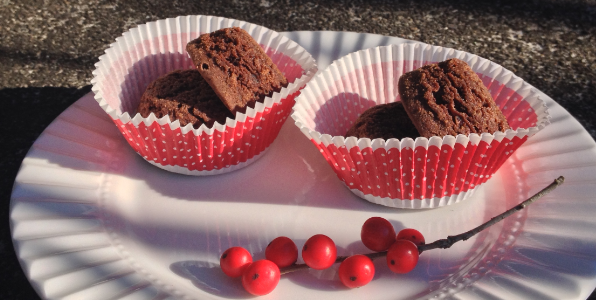As the end of fall nears and winter approaches, turning inward is a natural part of our cycle. We turn inward in both our activities and for the restoration of our health. Meals are cooked with hearty root vegetables and the garden is “put to bed” so it may rest and replenish for the following season. Just as our routines and habits change for winter so too does our energy and body. Even though our schedules are still jam-packed with activities and deadlines, on a deeper internal level our body is switching gears, toward a slower restorative period. The transition from fall to winter is the time to “draw in” and create a nurturing, healing inner atmosphere both within the body and in the atmosphere surrounding us. Time spent indoors can shift into something beautiful when attention is paid to creating a nurturing in-door environment. One-way to create a healthy, nurturing in-door environment using aromatherapy is through the use of room mists.
Room Mists are a convenient and easy way to bring natural scenting to any space and room that will benefit your health and wellbeing.
Evoke Aromatherapy has room mists that have been formulated to help create healthy atmospheres that bring calm, peace and restoration to any space.
Our Sweet Leolani Room Mist has the uplifting smell of grapefruit mixed with the purifying essential oil of Naiouli. Together with a few other fresh smelling essential oils this room mist has a bright and crisp smell and as some people have exclaimed, “smells just like Hawaiian sweet ginger”. With its refreshing scent and purifying essential oils Sweet Leolani room mist is a staple for creating a healthy, happy indoor atmosphere.
Evoke Aromatherapy’s Meditative Trance room mist is formulated with deeply calming and centering essential oils such as Frankincense and Myrrh. This room mist was created to activate the heart chakra, encouraging our heart center to open and allow for a natural and organic shifting of energy. Definitely useful for meditation and yoga but not limited to these activities, Meditative Trance room mist brings calm, alignment, and peace to any atmosphere.
Evoke Aromatherapy hopes that you enjoy the season change and restorative peace that can occur from flowing with this shift of season.
♥ Evoke Aromatherapy
~ may we live with love in our heart and actions
These Evoke Aromatherapy products can be found on our website
From now until December 20, 2014 we are offering 5% off your online purchase. Use promo code BR914F683VF4 on checkout.
We look forward to staying connected with you on our social media sites.
If you feel inspired to like or share this post that would be gratefully appreciated!












